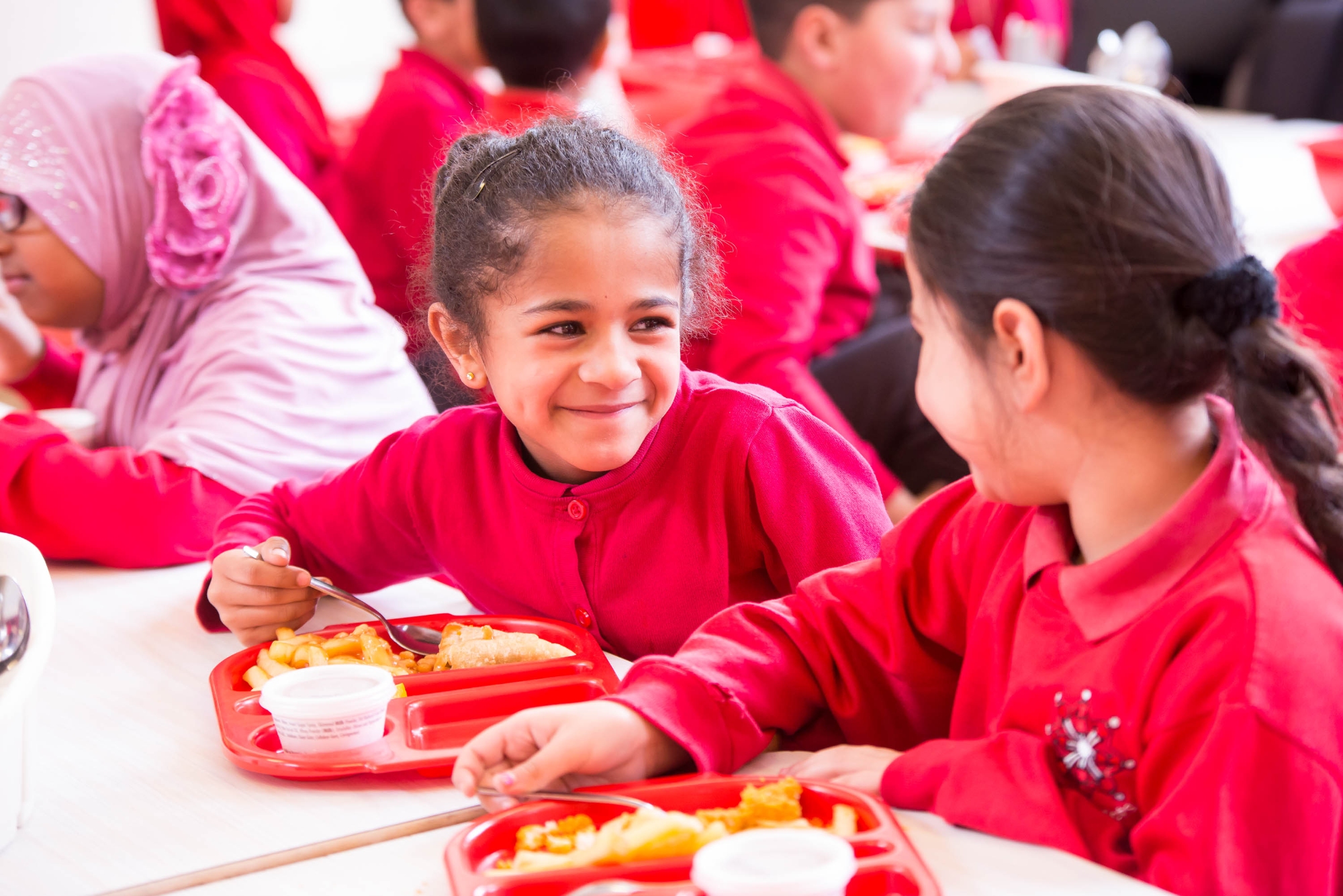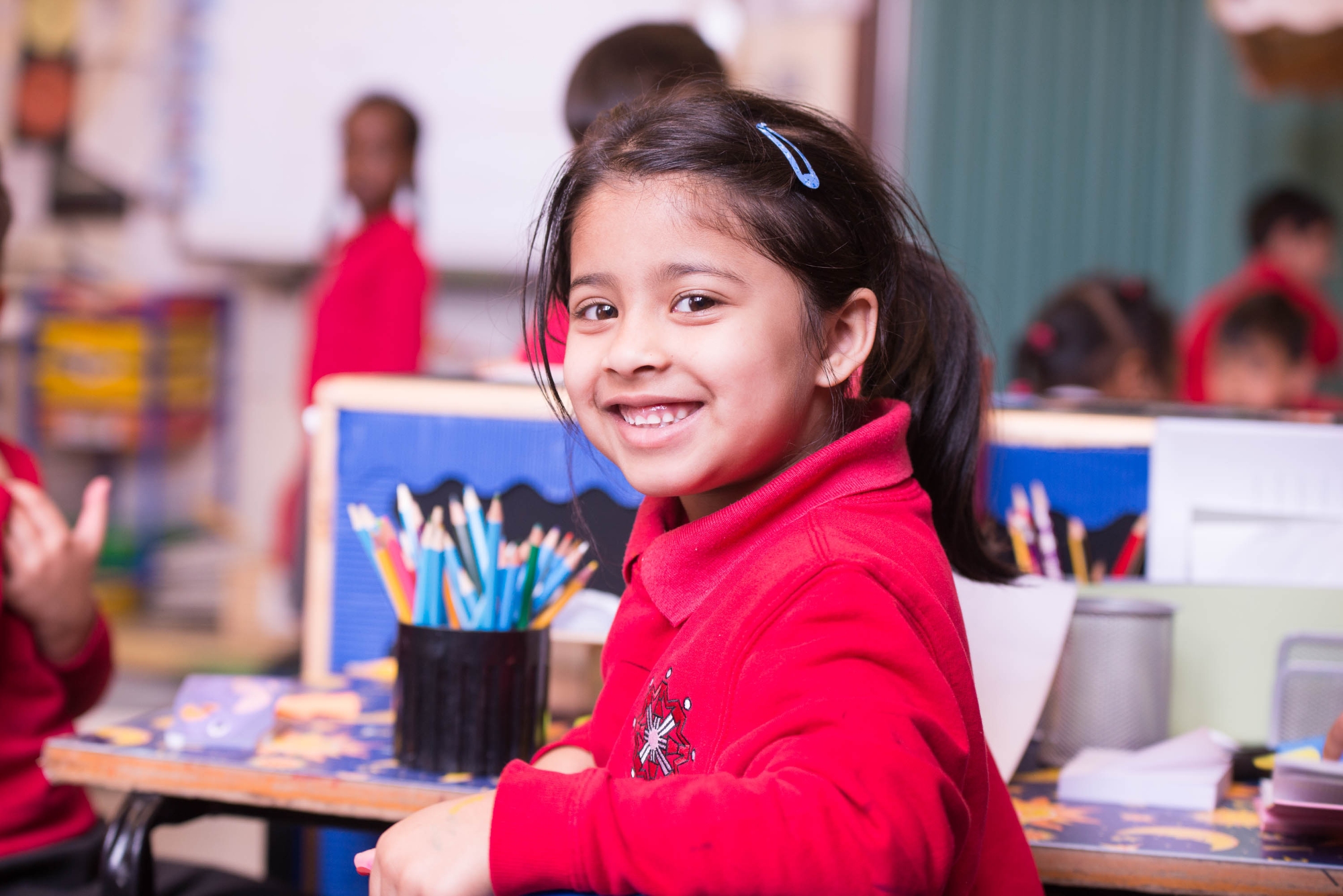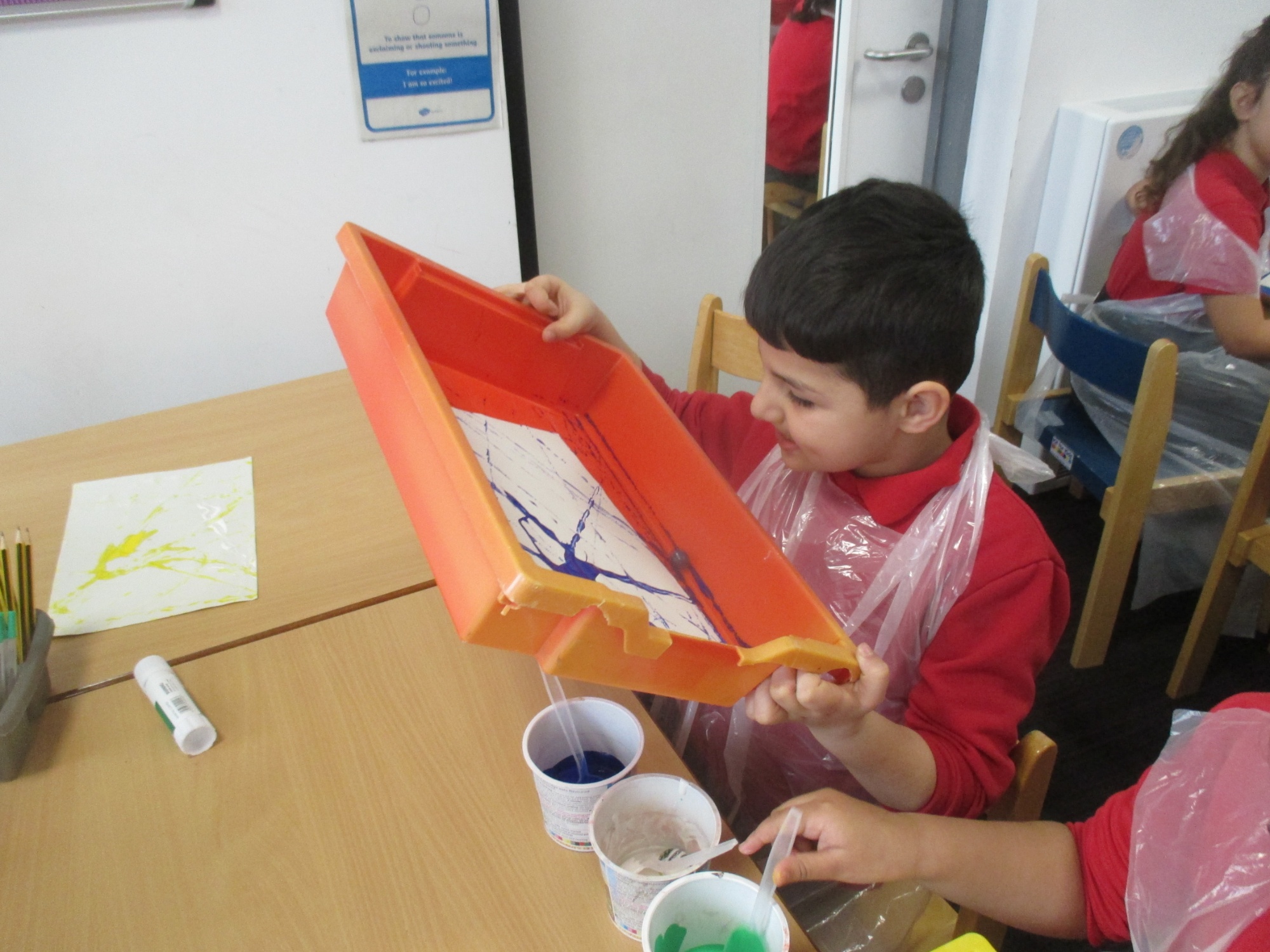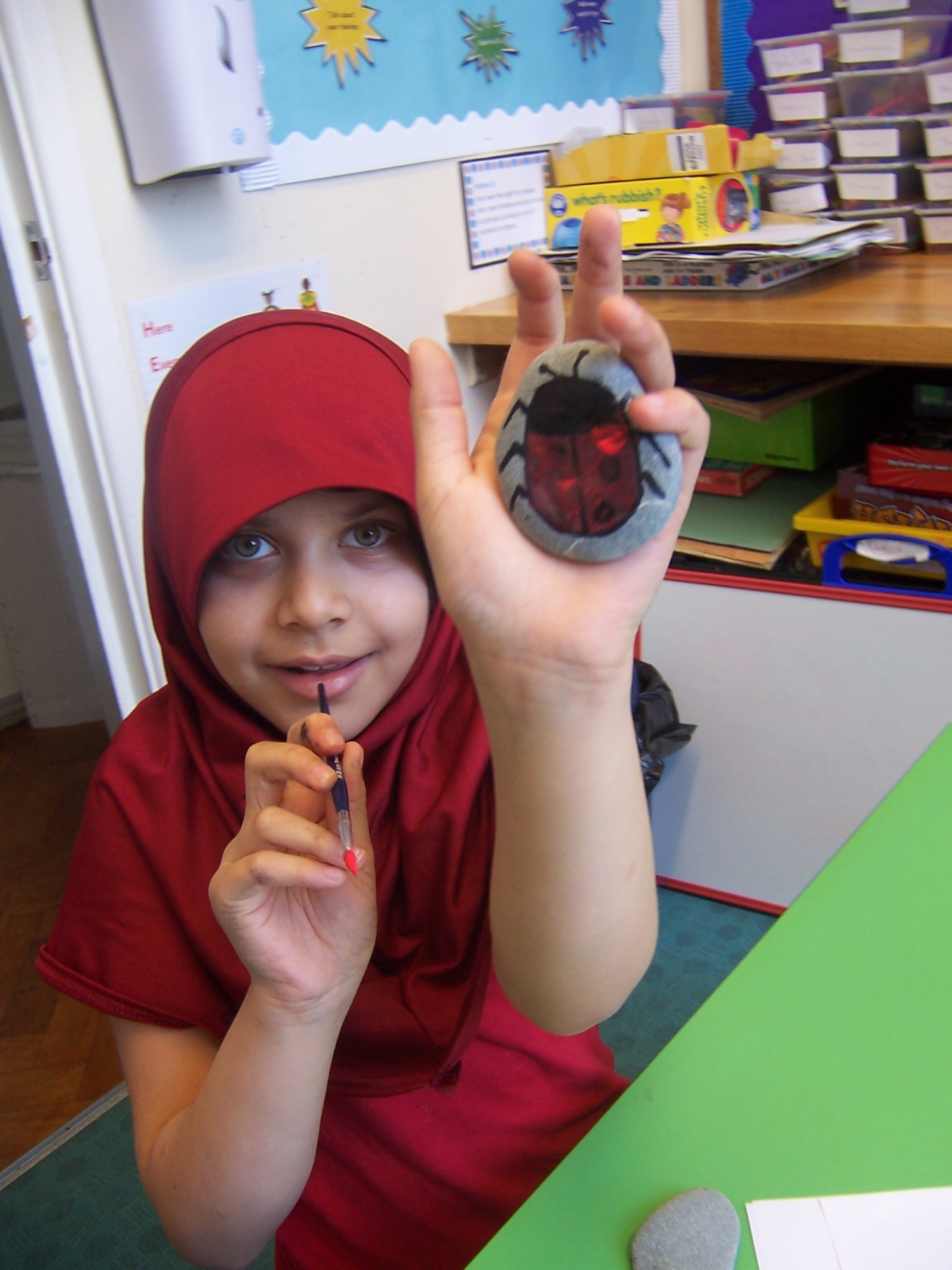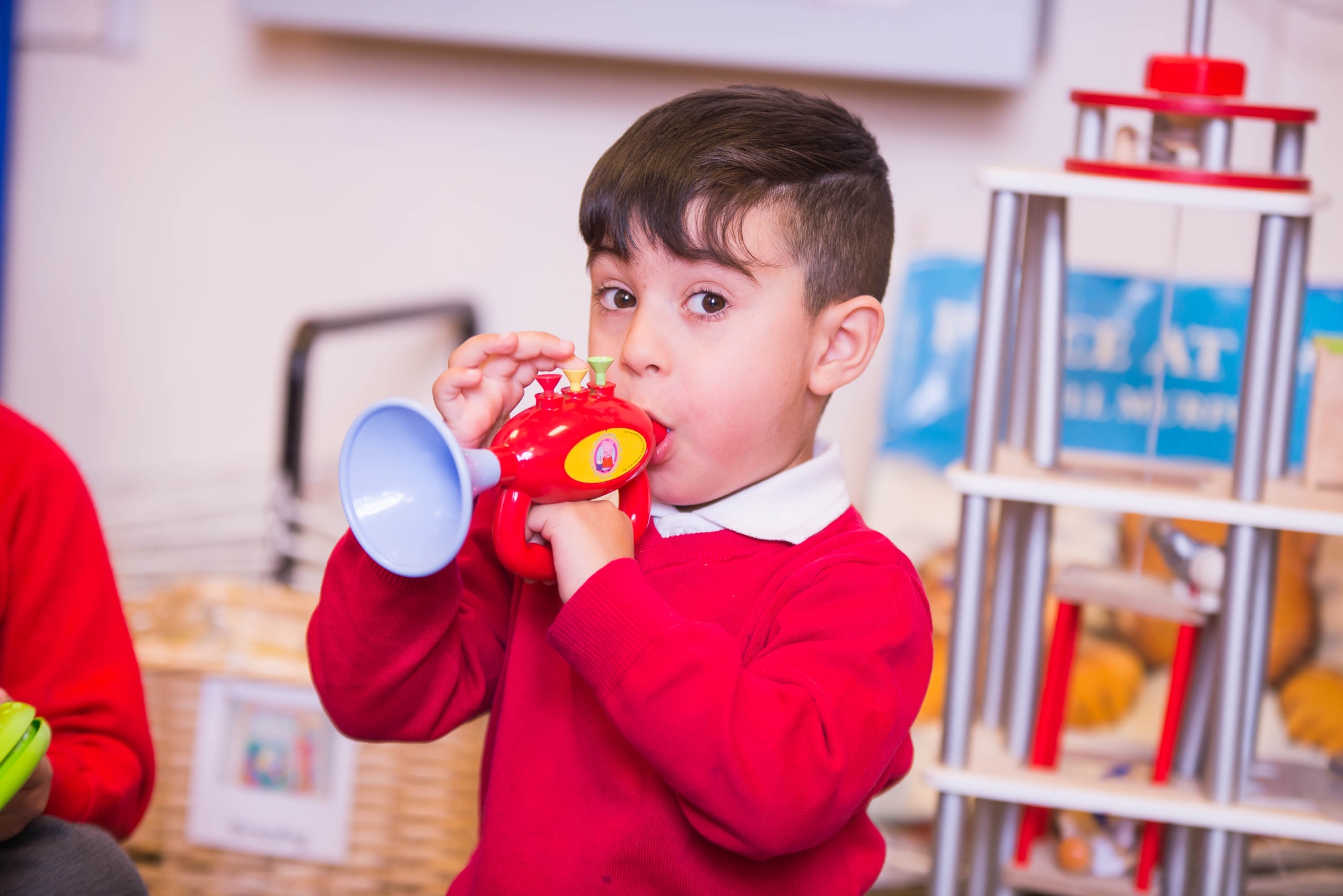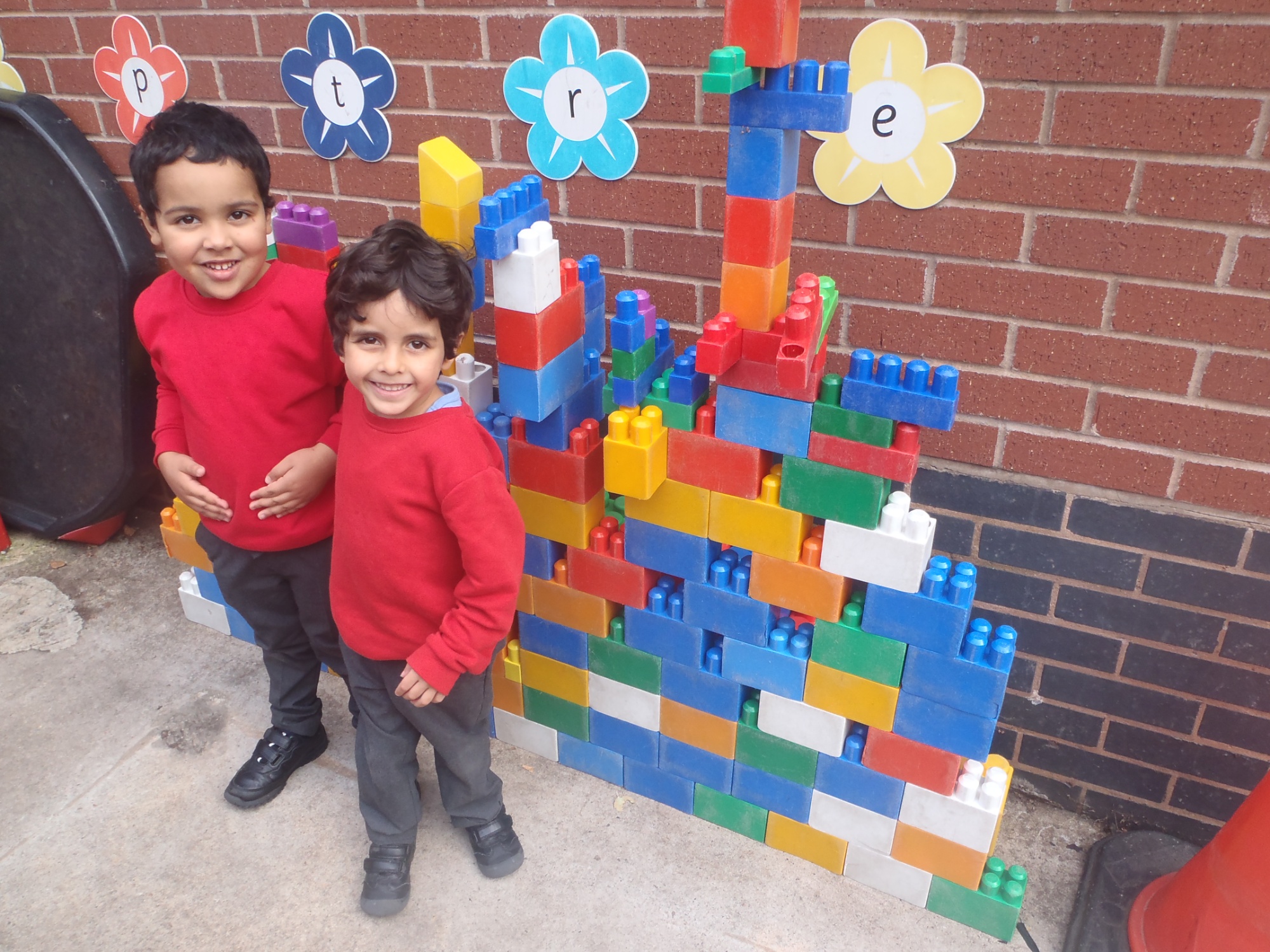Design & Technology
Intention
What are we trying to achieve?
The starting point for design and technology is the children. We believe that literacy and language form the basis of all learning and from this children develop Design and Technology knowledge and skills through a connected and language rich curriculum.
Design and technology at St Benedict’s Primary school enables children of all abilities to express creativity, problem solving and practical skills within a range of subject disciplines. Children will build upon prior knowledge, skills and experiences and acquire new skills and attributes and apply them both independently and collaboratively in a range of contexts. Design and technology will equip children with the necessary skills to meet their own needs in an evolving world.
We aim for our children to be:
- Ambitious - To have a strong desire to achieve.
- Resilient - To have the ability to withstand and bounce back from difficult life events.
- Respectful - To behave in a way that shows you care about your own rights and the rights of others, the local and global community and environment.
Implementation
How do we organise this?
The design and technology projects are well sequenced to provide a coherent subject scheme that develops children’s designing, planning, making and evaluating skills. Each project is based around a design and technology subject focus of structures, mechanisms, cooking and nutrition or textiles. The design and technology curriculum’s electronic systems and IT monitoring and control elements are explicitly taught in our science projects to ensure the links between the subjects are highlighted.
Where possible, meaningful links to other areas of the curriculum have been made. For example, the cooking and nutrition project Eat the Seasons is taught alongside the geography project Sow, Grow and Farm. All the projects follow a structure where children are introduced to key concepts and build up knowledge and skills over time, using a more comprehensive range of equipment and building, cutting, joining, finishing and cooking techniques as they progress through school.
All projects contain focused, practical tasks in the Develop stage to help children gain the knowledge and skills needed to complete their Innovate tasks independently. Throughout Key Stages 1 and 2, children build up their knowledge and understanding of the iterative design process. They design, make, test and evaluate their products to match specific design criteria and ensure they fit their purpose. Throughout the projects, children are taught to work hygienically and safely.
Throughout the design and technology scheme, there is complete coverage of all national curriculum programmes of study.
All projects contain focused, practical tasks in the Develop stage to help children gain the knowledge and skills needed to complete their Innovate tasks independently. Throughout Key Stages 1 and 2, children build up their knowledge and understanding of the iterative design process. They design, make, test and evaluate their products to match specific design criteria and ensure they fit their purpose. Throughout the projects, children are taught to work hygienically and safely.
Throughout the design and technology scheme, there is complete coverage of all national curriculum programmes of study.
In the Early Years design and technology is delivered through Expressive, Arts and Design. This is accessed through continuous provision as children have opportunities to freely explore a range media, tools and resources in creative ways. Children engage in activities such as creating models, collage and junk modelling.
Design and technology is an open-ended subject and can be accessed by learners of all abilities making it inclusive. It is a unique and ever evolving subject that allows children to develop skills beyond the subject. Through design and technology projects children acquire independence and develop confidence and a willingness to try. Exposure to real problem tasks enable children to become problem solvers, design and technical thinkers, decision makers and resilient. They also gain essential communication skills and the ability to work collaboratively.
Impact
How do we know it is successful?
Design and technology curriculum is monitored regularly in order to check provision and reflect on practice. Evidence is gathered from children work samples, planning, pupil voice, observations and learning walks. This ensures that children’s progress in skills and knowledge can be tracked and feedback can be provided to move practice forward.
Through monitoring, subject leaders will reflect on pupil voice, skills and knowledge acquired by children and their ability to use and apply subject specific vocabulary in order to build a picture of the progression of design and technology across the school. The progression of skills can be seen from Early Years to Key stage 2. In Early Years children explore and use media in creative ways and begin to use tools and material to build with a purpose.
In Key Stage 1 and 2 children are planning and designing products with a purpose or user in mind. They are acquiring and applying knowledge and skills in a variety of contexts. Children then manufacture, review and evaluate their product.
Design & Technology Policy
Design & Technology Curriculum Overview
Design & Technology Progression
Knowledge Organisers
Year 1
Chop, slice and mash
Shade and shelter
Taxi
Year 2
Beach Hut
Cut, stitch and join
Remarkable recipes
Year 3
Cook well, eat well
Greenhouse
Making it move
Year 4
Fresh food, good food
Functional and fancy fabrics
Tomb Builders
Year 5
Architecture
Eat the seasons
Moving mechanisms
Year 6
Engineer
Food for Life
Make do and mend


